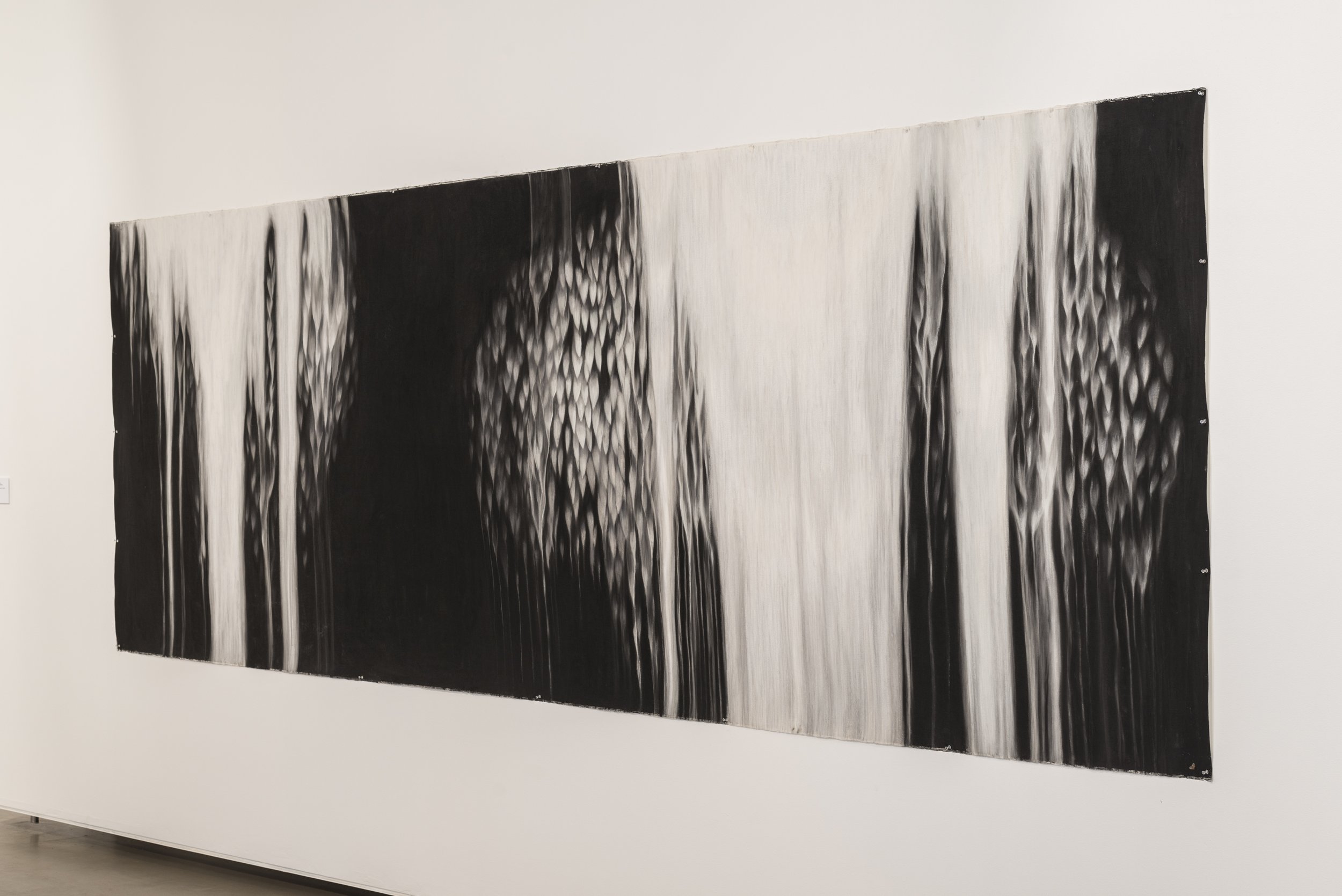The teachings of the Bahá’í Faith encompass a myriad of profound concepts that aim to elevate the human spirit and promote global unity. Among these sacred teachings, the pilgrimage to the House of the Báb stands out as a central and transformative experience for Bahá’ís. This sacred site, nestled in Haifa, Israel, is not merely a physical destination; rather, it is a spiritual odyssey that invites participants to delve into the historical significance and the latent teachings embodied within the Báb’s life and mission. Such a pilgrimage beckons us, promising a shift in perspective and awakening our innate curiosity about the broader spectrum of faith and spirituality.
To begin with, it is crucial to understand the historical context surrounding the House of the Báb. Constructed in the late 19th century, this edifice serves as a mausoleum and shrine that honors the extraordinary life of the Báb, the precursor to Bahá’u’lláh, who is regarded as the founder of the Bahá’í Faith. The Báb, whose name means “Gate,” introduced revolutionary teachings that challenged the status quo of religion and society during his time. Pilgrimage to this sacred site allows one to appreciate the historical weight carried by the Báb’s teachings, which heralded a new era of enlightenment and social transformation.
As individuals embark on this spiritual journey, they traverse through layers of history, emotion, and transcendental thought. Pilgrims often report an overwhelming sense of reverence and awe upon arriving at the House of the Báb. This reaction is not merely due to the site’s architectural beauty, but is also a reflection of the weight of devotion that permeates the air. Here, one can feel the vibrations of a past steeped in sacrifice, martyrdom, and an enduring quest for truth. The experience serves as a gentle reminder of the turbulent journey of the Báb Himself, who faced tremendous opposition and ultimately embraced divine martyrdom for the sake of elevating humanity.
The pilgrimage invites participants to engage in a unique form of introspection. One may ponder the implications of the Báb’s messages, which emphasize the unity of God, the oneness of humankind, and the need for an ever-advancing civilization. These teachings encourage pilgrims to shift their perspectives—transitioning away from an individualistic worldview towards one steeped in collective responsibility and mutual respect. In doing so, the journey to the House of the Báb transcends a mere architectural visit; it transforms into a life-altering experience that provokes curiosity about how one can contribute to the betterment of society and elevate the human condition.
Furthermore, the rituals connected to this pilgrimage serve as vital components that enrich the overall experience. Visitors engage in prayers and meditations within the shrine, allowing the sacred atmosphere to permeate their consciousness. Such spiritual practices provide an excellent opportunity for pilgrims to deepen their relationship with the divine, while simultaneously reflecting on their own spiritual journeys. The act of supplication here is not merely a request for personal desires; rather, it evolves into a plea for universal peace and global unity.
Pilgrims often recount transformative moments wherein they confront their own inner struggles and limitations. The pilgrimage to the House of the Báb thus becomes a transcendent metaphor for the journey of the soul. Just as the Báb’s life epitomized a dedication to divine teachings, so too must pilgrims wrestle with their own spiritual commitments and ethical responsibilities. In this sacred space, the soul remembers its intrinsic connection to a broader cosmic narrative, awakening a sense of purpose and direction.
Moreover, the community aspect of pilgrimage further enhances its significance. Bahá’ís from around the world gather together, fostering an environment of solidarity and mutual support. The shared experience of pilgrimage builds bridges across diverse cultures, illuminating the fundamental truth of the oneness of humanity. In this communal setting, individuals exchange stories, prayers, and insights, leading to profound discussions about the role of faith in contemporary society. This aspect of pilgrimage serves not only to strengthen individual beliefs but also to reinforce the communal aspect of spiritual practice that is so essential to the Bahá’í Faith.
In reflection, the teachings surrounding the pilgrimage to the House of the Báb offer substantial insights into the dynamics of faith, spirituality, and collective human experience. This journey lures participants by tantalizing their curiosity, emphasizing that the path toward understanding is illuminated through shared experiences and deep introspection. It compels individuals to understand their place in a larger evolutionary framework that seeks not only personal salvation but nourishes the collective spirit of humanity.
In conclusion, the spiritual journey to the House of the Báb is a profound opportunity for growth, understanding, and transformation. It invites pilgrims to transcend the mundane and engage with the metaphysical, making it an inspiring pilgrimage that echoes the divine whispers of the past while building the framework for a unified future. As such, this sacred experience not only commemorates the life of the Báb but also acts as a guiding light for all who seek to navigate the complexities of modern existence through the lens of faith, community, and unity. May all who embark on this journey return with renewed fervor and dedication to the principles of love, peace, and service that the Báb so ardently advocated.
